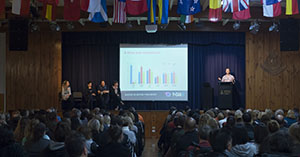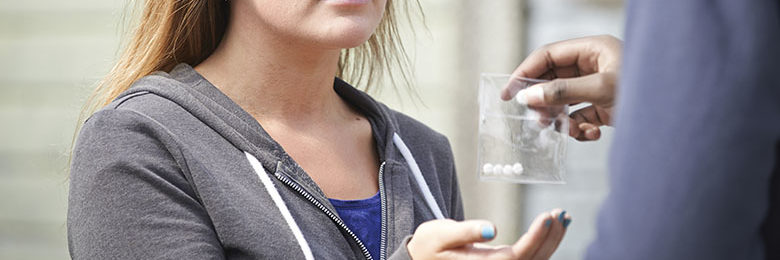
Used for illustrative purposes only, the person depicted in this image is a model.
Ecstasy is relatively easily obtained on the street or at parties and raves; tablets can cost as little as $20 each.
Unlike the 1970s and 1980s, when some of today’s parents were teenagers and illicit drugs were deep underground, today’s teens need only attend a music event or ask around to find ecstasy and other drugs. They can also use underground websites that sell illegal substances of all kinds.
Ecstasy is usually swallowed as a pill. The pills come in different colours and sizes and are often imprinted with a picture or symbol.
Ecstasy is a stimulant containing the drug MDMA (methylenedioxymethamphetamine). However, many pills sold as ecstasy only have a small amount of MDMA or none at all. Read more


 By Cheryl Critchley
By Cheryl Critchley
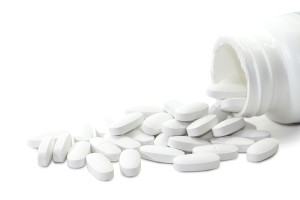 By Cheryl Critchley
By Cheryl Critchley
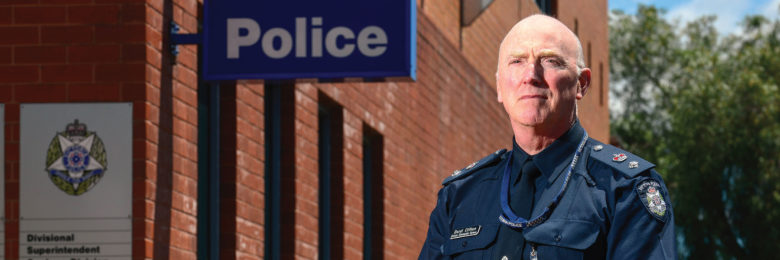
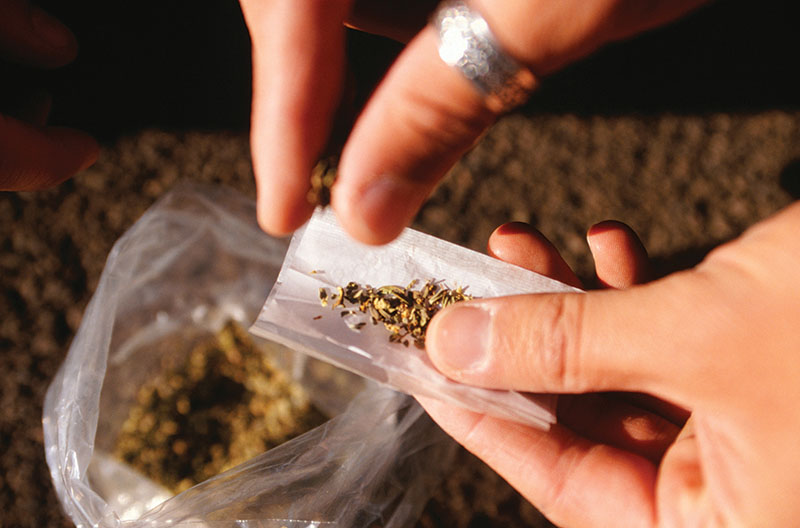
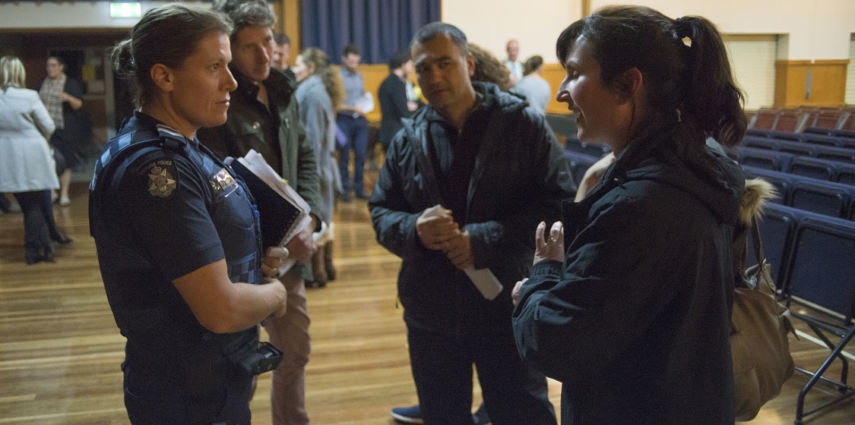

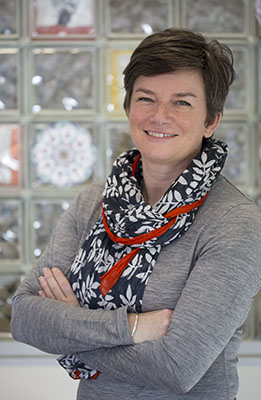
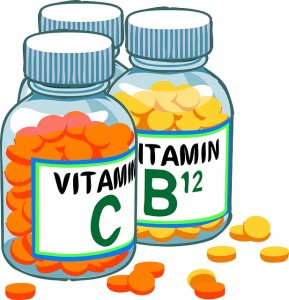 Guest post by Sharon Brooks
Guest post by Sharon Brooks 
